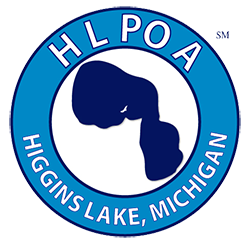All Things Creepy-Crawly
Macro-Invertebrate Surveys of Tributary Creeks and Streams
Macro-Invertebrates include any aquatic animal that lacks a backbone and can be seen without the aid of a microscope or magnifying glass. This group includes the larval or nymph stages of flying insects. The presence or absence of various groups and their overall diversity can be used to definitely determine a stream’s environmental health.
For example, three groups of nymphs are considered “indicator species” for very healthy water. They are the mayflies, the stoneflies and some of the caddisflies. These are considered as the most significant indicators of a high quality stream environment because they are the most intolerant of poor water quality. They will die if a river get too warm, too low in oxygen, or too polluted by toxic contamination. They are the “canaries in the coal mine” and their absence means something is very wrong.
Of course, many other macro-invertebrate species live in the streams flowing into and out of Higgins Lake. Their presence or absence also definitively indicates the quality of water in their environment. Following the procedural protocols for collecting and identifying macro-invertebrates set up by the Muskegon River Watershed Assembly and MICorps, teams from the HLPOA Environmental Committee conduct biannual surveys in both Big Creek and The Cut River. Testing sites have been identified for repeated testing, and a standard scoring system is used so results can be compared from year to year. The results of these surveys are posted below.


